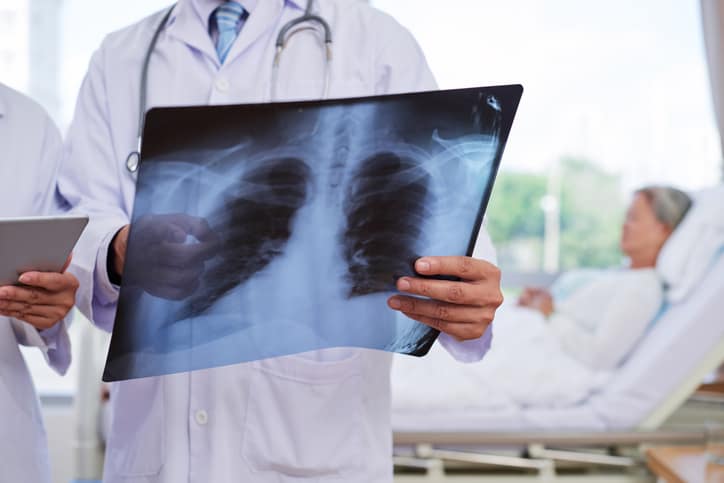A causal relationship between changes of the gut microbiome and non-alcoholic fatty liver disease (NAFLD) remains unclear. We demonstrated that endogenous ethanol (EnEth) produced by intestinal microbiota is likely a causative agent of NAFLD.
Two mutants with different alcohol-producing abilities, namely W14-adh and W14Δadh, were constructed using the clinical high alcohol-producing (HiAlc) Klebsiella pneumoniae strain W14 as a parent. Damage to hepatocytes caused by bacterial with different alcohol-producing capacities was evaluated (EtOH group as positive control). The ultrastructural changes of mitochondria were assessed via transmission electron microscopy (TEM). Hepatic levels of mitochondrial reactive oxygen species (ROS), DNA damage, and adenosine triphosphate were examined.
The results illustrated that steatosis was most severe in the W14-adh group, followed by the W14 group, whereas the W14Δadh group had few fatty droplets. TEM and examination of related protein expression revealed that the mitochondrial integrity of HepG2 hepatocytes was considerably damaged in the EtOH- and bacteria treatment groups. The impaired mitochondrial function in HepG2 hepatocytes was evidenced by reduced adenosine triphosphate content and increased mitochondrial ROS accumulation and DNA damage in the EtOH and bacteria treatment groups, especially the W14-adh group. Meanwhile, liver injury and mitochondrial damage were observed in the hepatocytes of mice. The livers of mice in the W14-adh group, which had the highest ethanol production, exhibited the most serious damage, similar to that in the EtOH group.
EnEth produced by HiAlc bacteria induces mitochondrial dysfunction in NAFLD.
This article is protected by copyright. All rights reserved.
Endogenous ethanol produced by intestinal bacteria induces mitochondrial dysfunction in nonalcoholic fatty liver disease.


